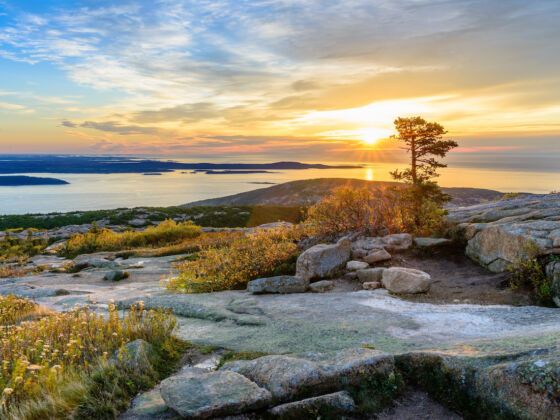THERE’S A SECTION of the Appalachian Trail in the backwoods of Maine that’s completely disengaged from civilization.
Known as the 100-Mile Wilderness, it’s remote and quiet and still wild enough to resemble the undeveloped frontier that inspired Thoreau’s 1864 collection of essays, The Maine Woods.
